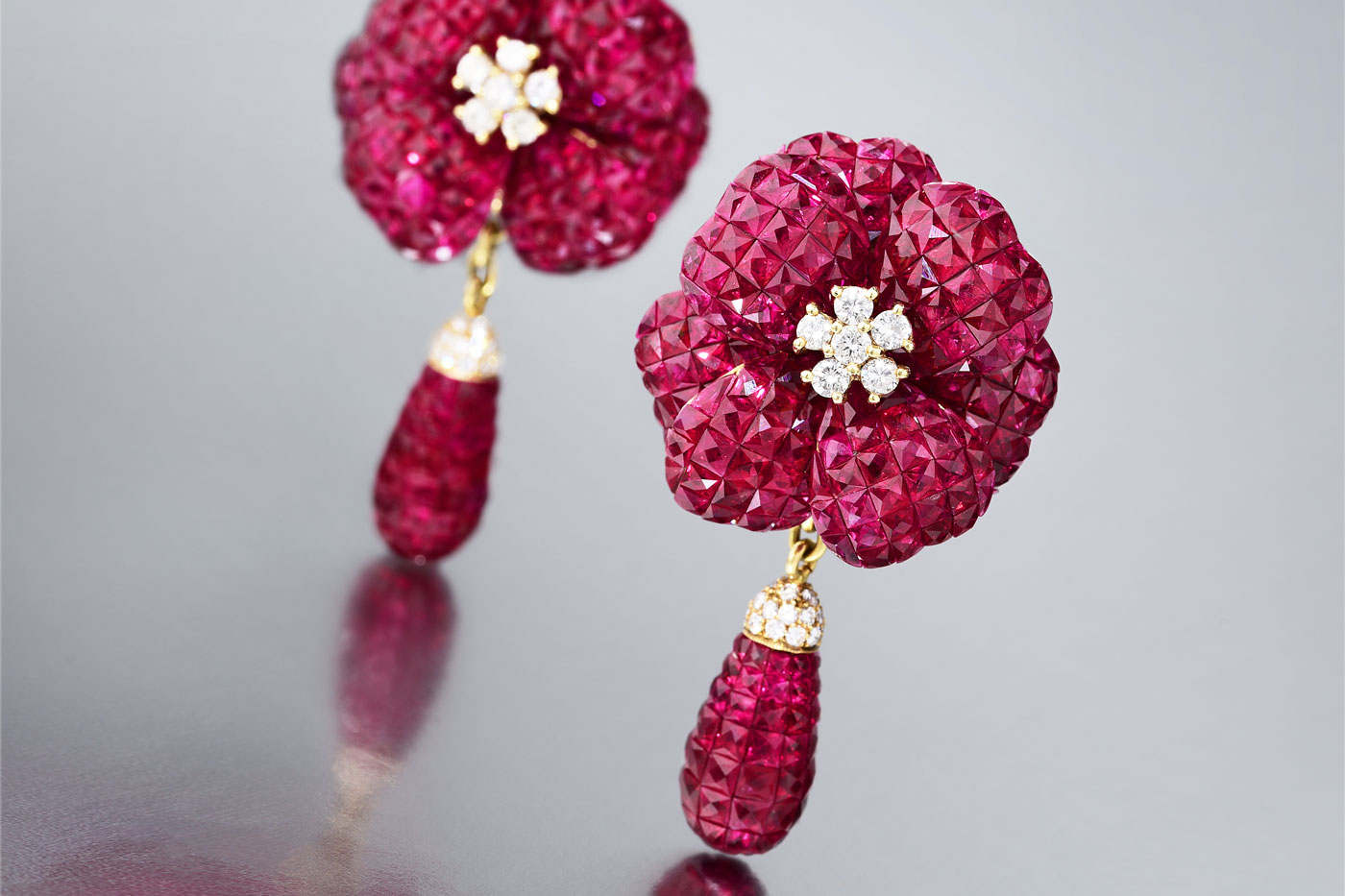
Magical mystery tour
Invisibly set ruby earrings, $7500
Fortuna, New York, February 21, 2018
These exquisite ruby and diamond earrings exemplify the technique known as invisible setting or mystery setting. This pair, set in 18k gold, are unsigned but probably French made. Each comprises hundreds of square French-cut rubies totaling 50 carats. The centers of the multi-petal flowers and caps on the drops are set with 1.20 carats of brilliant-cut diamonds. The petals appearing to have just opened to their full bloom, this pair embodies the floral style of many invisibly set pieces.
The magic and mystery of this setting is in the total absence of visible metal between and among the closely fitting rubies. Patents for this technique were acquired by three French firms: Chaumet in 1904, and both Cartier and Van Cleef & Arpels in 1933. Of the three, only Van Cleef & Arpels pursued the technique and perfected it, calling it ‘Serti Mysterieux’ or mystery setting.
The solution to the mystery lies beneath the surface. A grid of parallel channels is created with tiny rails running along the sides of each channel. Each stone is placed on a cutting wheel and ever so carefully, two grooves are created along the sides. These grooves allow the calibré cut stones to be slid onto the tracks of the channel. Each successive stone is then trimmed to fit precisely against every stone it abuts. Not a glimmer of metal can be seen anywhere on the surface. In addition, the tables of the stones must be aligned so that no top facet is higher or lower than another.
To an extraordinary degree, the lapidary and the metalsmith must work hand in hand, both engineering the curves to create the soft look of the flower petals as well as the fullness of the drops. The process begins with the gemologist who sources stones that are perfectly matched in color to achieve the desired effect. Jewelers usually choose to work only with rubies and sapphires for invisible settings. While the rate of breakage during the grooving process is extremely high for corundum (ruby and sapphire), it is stratospheric for beryl (emerald) which is softer and has a more fragile inner structure. The setting is nearly always 18k gold. Platinum, a stiffer and harder metal would put excess pressure on the stones.
Courtesy of Fortuna Auctioneers.
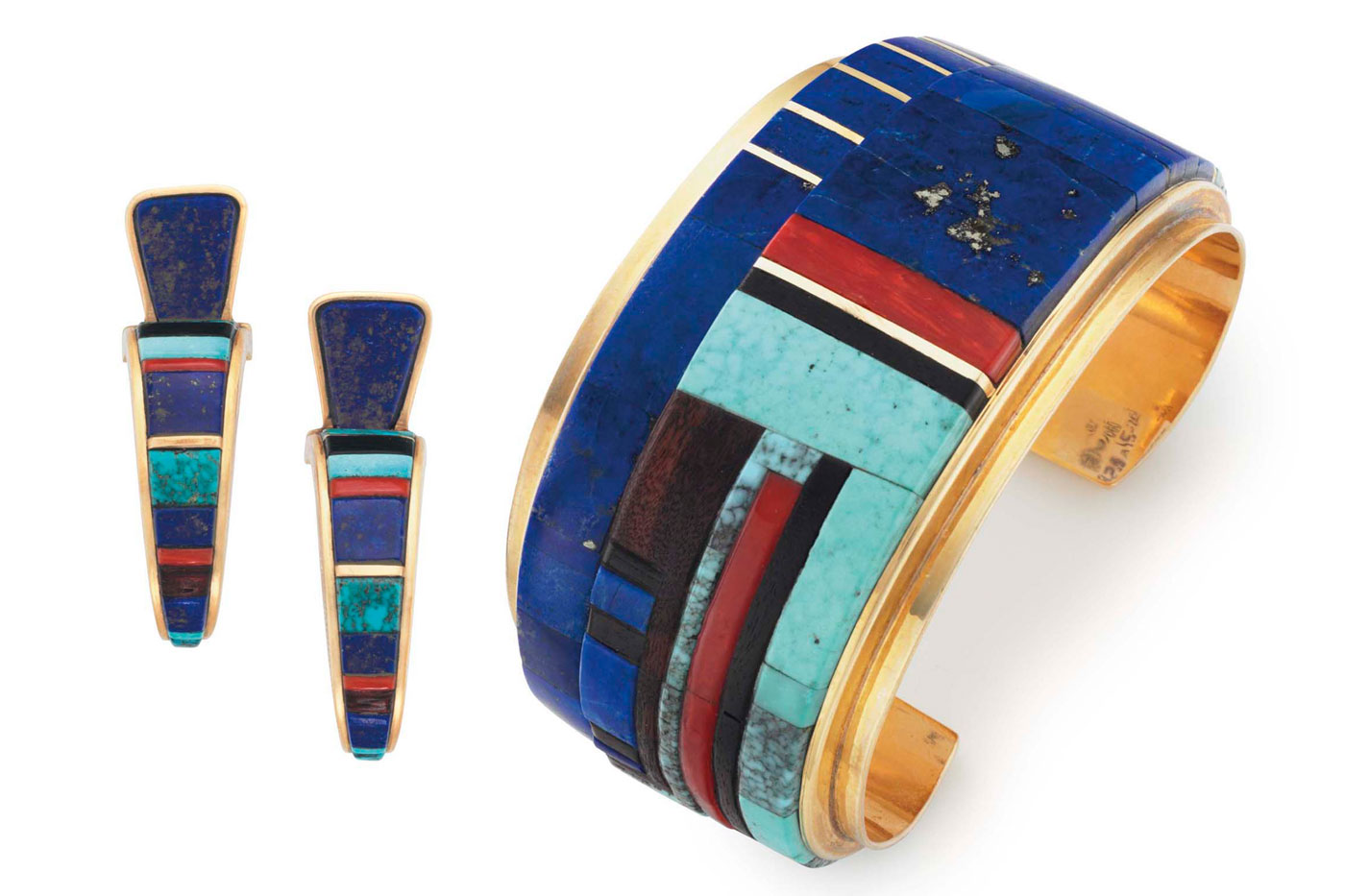
Hopi vision
Charles Loloma bracelet and earrings, $35,000
Christie’s, New York, December 6, 2017
Hopi jewelry artist Charles Loloma imbued this bracelet and matching earrings with the colors, structure and architecture of his home. The blues, greens and deep red colors echo the landscape of his native Arizona. Loloma pioneered the technique of combining contemporary goldsmithing with traditional materials of Native American jewelry. This 14k gold wide cuff bracelet, one of a series, combines sections of lapis lazuli, turquoise, coral, wood and gold strips, all of it mounted in 14k gold. Turquoise is particularly important to the Hopi as well as to the Navajo. It evokes the sky that envelops the land and the people. Living in low-rise dwellings, the sky is ever-present in their everyday life, as is the sun-baked brown earth around them. The geometry of the bracelets suggests the look of a Hopi village, with vari-level buildings set close together. His inlay work, setting sections of varied hard stones against one another, has often been described as architectural.
Loloma was born to a family of craftspeople and followed in their footsteps to become an artist. His varied career included working on murals for the 1939 Golden Gate International Exposition in San Francisco. Since his death in 1991, very little of Loloma’s work has come to auction. This bracelet and another in the same sale, both consigned by an Oklahoma collector, offered a rare opportunity for collectors.
Courtesy of Christie’s.





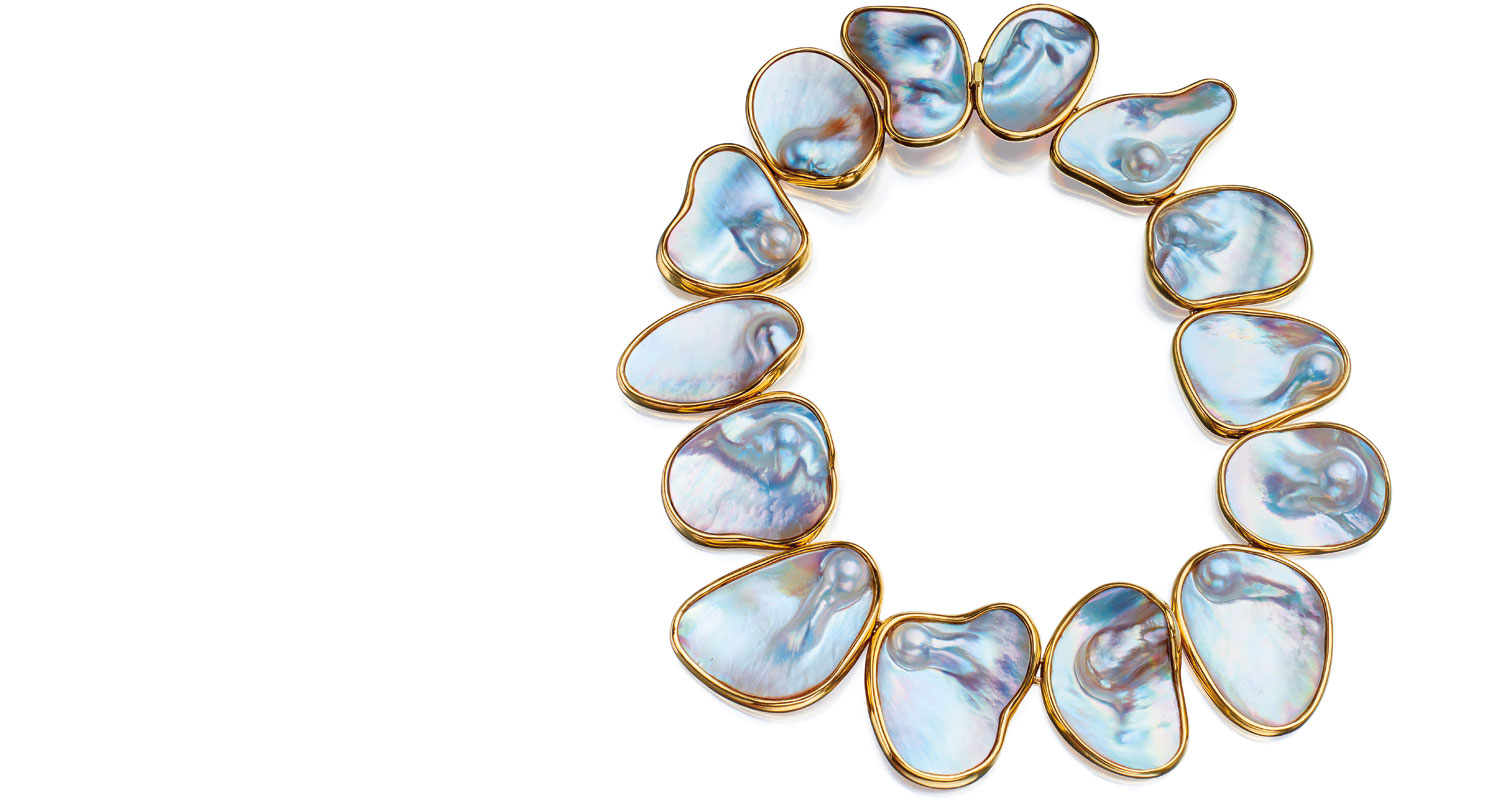
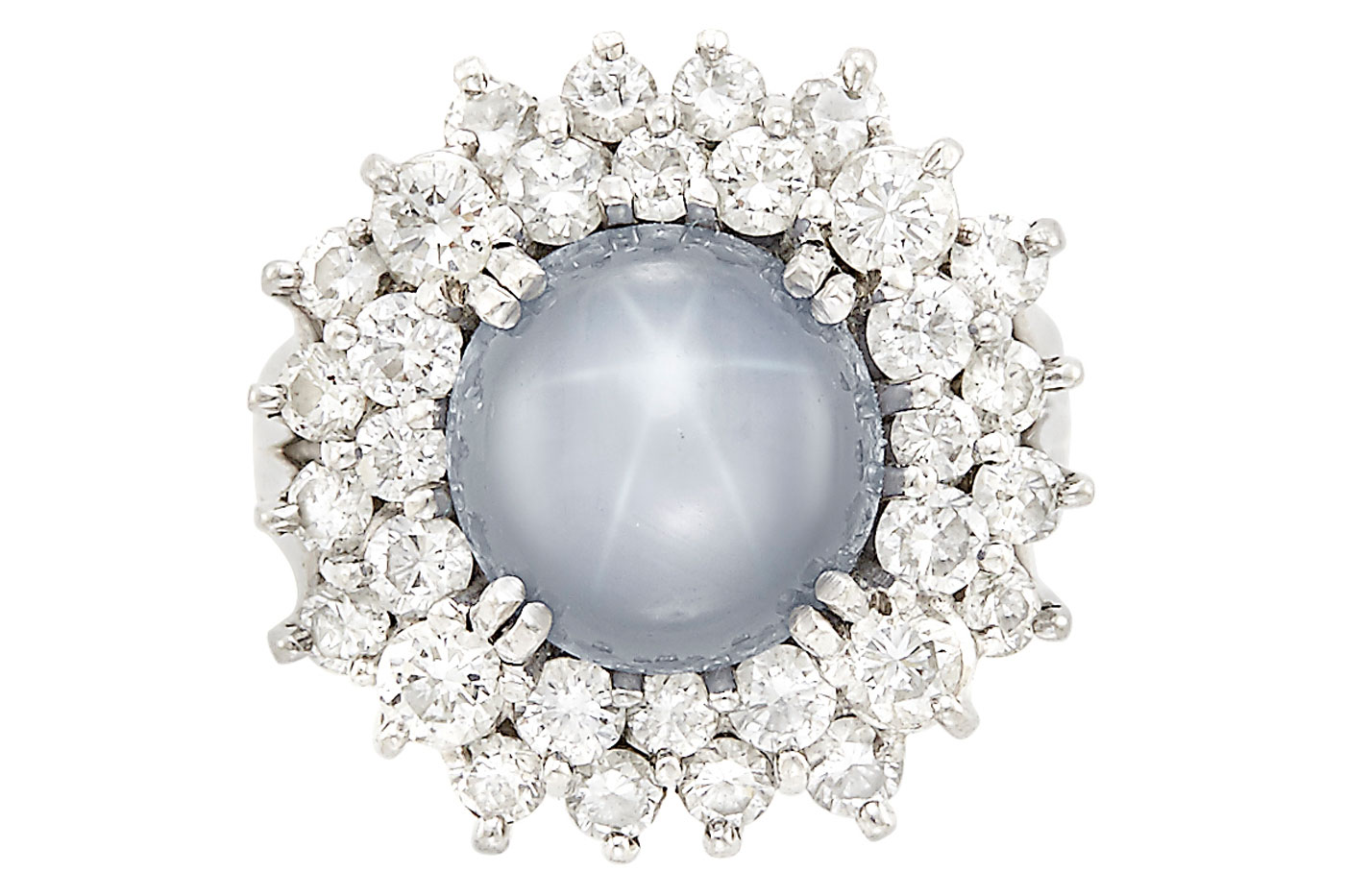
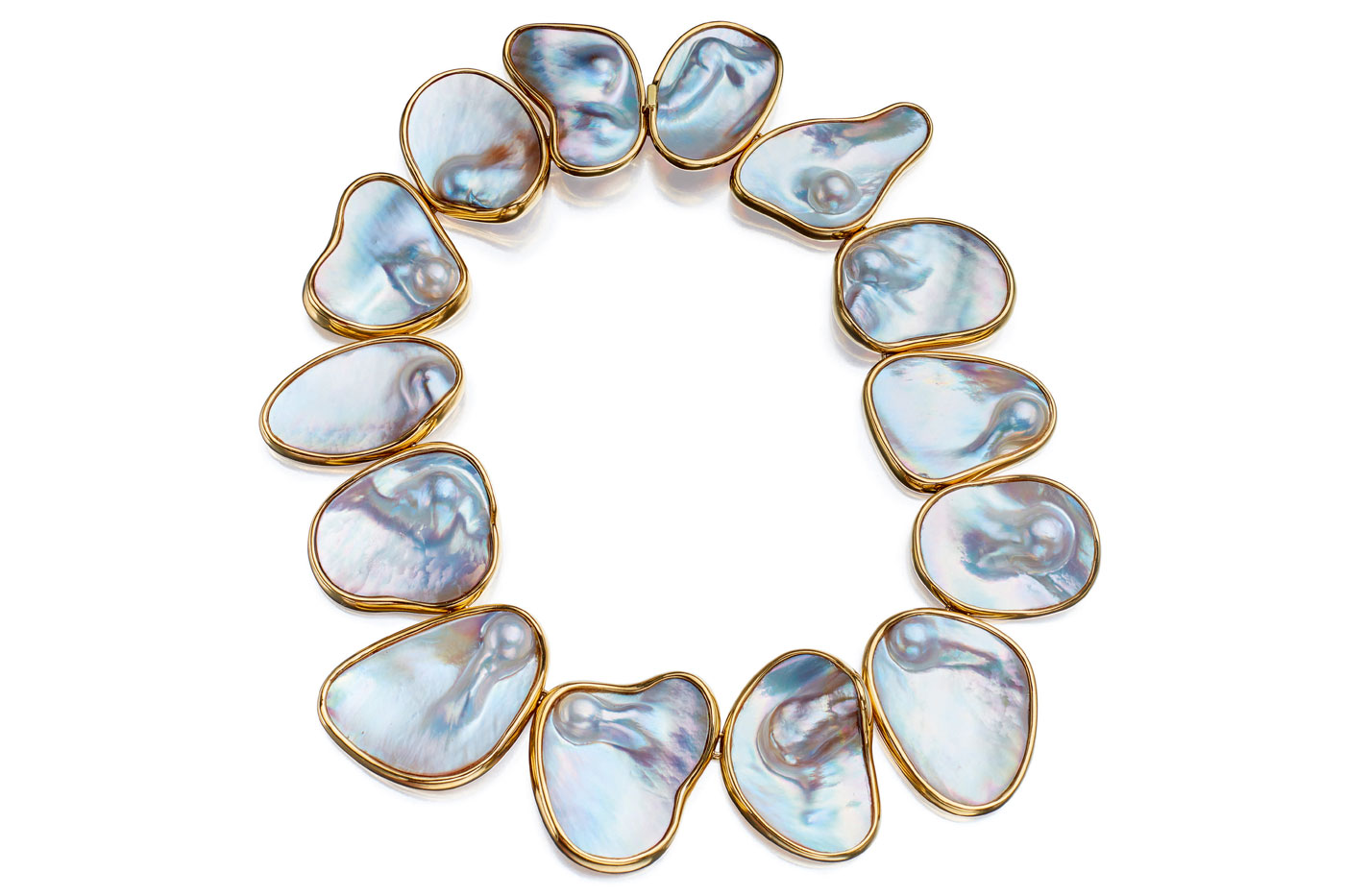





















![DEl Kathryn Barton [Australian b. 1972] the more than human love , 2025 Acrylic on French linen 78 3/4 x 137 3/4 inches 200 x 350 cm Framed dimensions: 79 7/8 x 139 inches 203 x 353 cm](/sites/default/files/styles/image_5_column/public/ab15211bartonthe-more-human-lovelg.jpg?itok=wW_Qrve3)